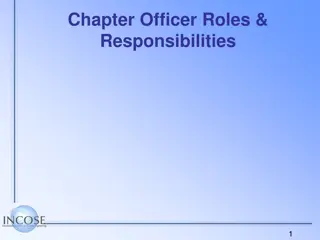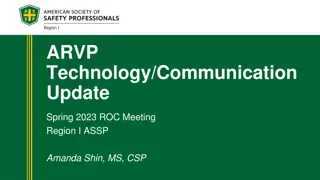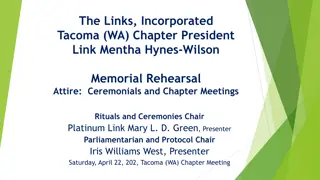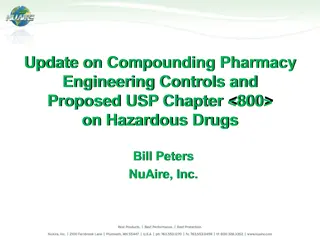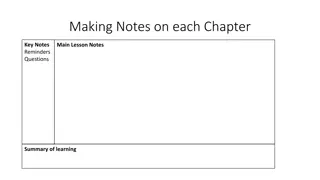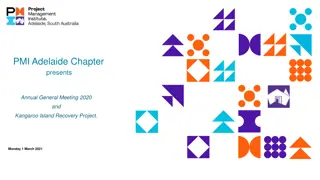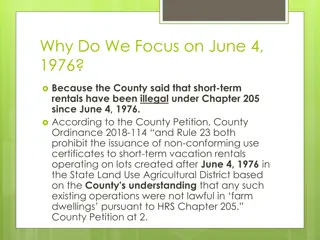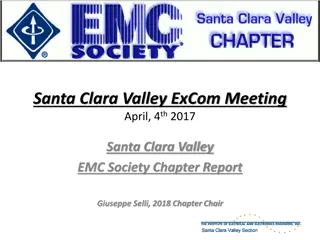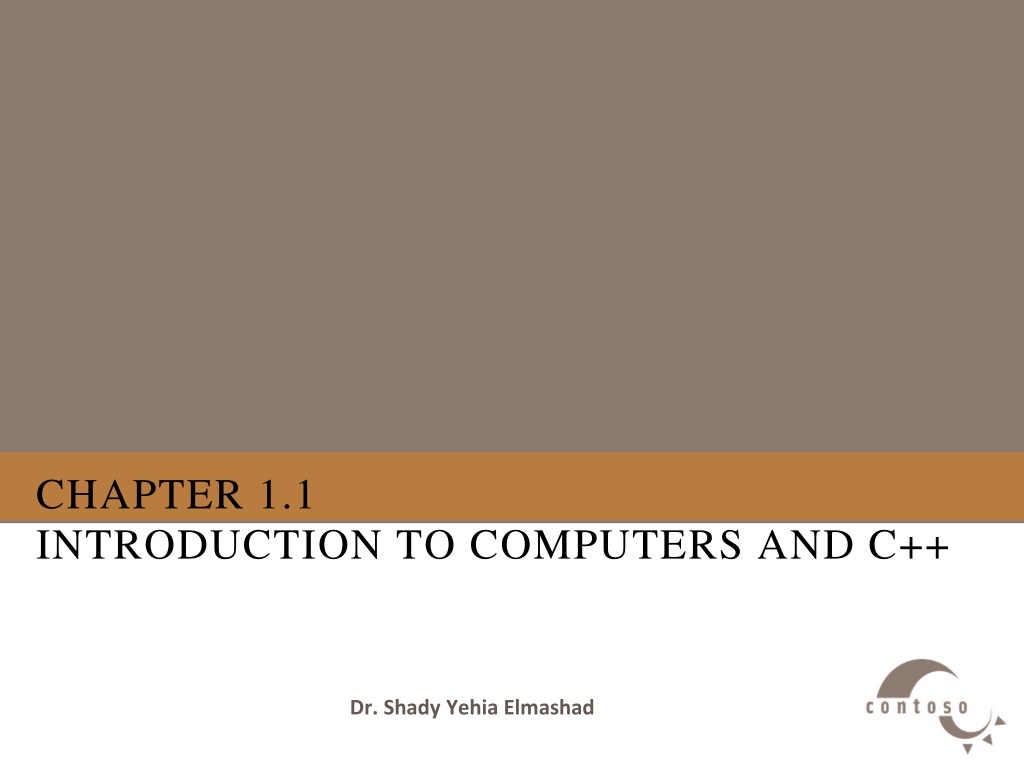
Introduction to Computers and C++ Programming
Explore the fundamentals of computers, programming, and the C++ language in this engaging course by Dr. Shady Yehia Elmashad. Learn about computer organization, program building stages, and the history of C and C++. Understand the features of a good program and the evolution of operating systems. Delve into structured programming, object technology, hardware trends, and the basics of a typical C++ environment. Gain insights into personal computing, distributed computing, and other high-level languages.
Download Presentation

Please find below an Image/Link to download the presentation.
The content on the website is provided AS IS for your information and personal use only. It may not be sold, licensed, or shared on other websites without obtaining consent from the author. If you encounter any issues during the download, it is possible that the publisher has removed the file from their server.
You are allowed to download the files provided on this website for personal or commercial use, subject to the condition that they are used lawfully. All files are the property of their respective owners.
The content on the website is provided AS IS for your information and personal use only. It may not be sold, licensed, or shared on other websites without obtaining consent from the author.
E N D
Presentation Transcript
CHAPTER 1.1 INTRODUCTION TO COMPUTERS AND C++ Dr. Shady Yehia Elmashad
Outline 1. 2. 3. Features of a Good Program 4. Stages of Program Building 5. Computer Organization 6. Evolution of Operating Systems 7. Personal Computing, Distributed Computing and Client/Server Computing 8. Machine Languages, Assembly Languages, and High-level Languages 9. History of C and C++ 10. C++ Standard Library 11. Java and Java How to Program 12. Other High-level Languages Introduction What is a Computer?
Outline 13. 14. 15. 16. 17. 18. 19. Structured Programming The Key Software Trend: Object Technology Basics of a Typical C++ Environment Hardware Trends History of the Internet History of the World Wide Web General Notes About C++
1. Introduction In this course you will learn - C and C++ C++ is one of today s most popular software development languages. - Structured programming and object oriented programming
2. What is a Computer? Computer - A device capable of performing computations and making logical decisions OR - A machine that can be programmed to accept data (input), process it into useful information (output), and store it away (in secondary storage device) for safekeeping or later reuse - Process is directed by software but performed by the hardware
2. What is a Computer? Computer programs - Sets of instructions that control a computer s processing of data Hardware - Various devices comprising a computer Examples: keyboard, screen, mouse, disks, memory, CD-ROM, and processing units Software - Programs that run a computer
3. Features of a Good Program Integrity Clarity Simplicity Efficiency Modularity Generality
4. Stages of Program Building Define the problem Algorithms development Program coding Program execution and testing
5. Computer Organization Six logical units in every computer: - Input unit Obtains information from input devices (keyboard, mouse) - Output unit Outputs information (to screen, to printer, to control other devices) - Memory unit Rapid access, low capacity, stores input information - Arithmetic and logic unit (ALU) Performs arithmetic calculations and logic decisions - Central processing unit (CPU) Supervises and coordinates the other sections of the computer - Secondary storage unit Cheap, long-term, high-capacity storage, stores inactive programs
6. Evolution of Operating Systems Batch processing - Do only one job or task at a time Operating systems - Manage transitions between jobs - Increased throughput Amount of work computers process Multiprogramming Many jobs or tasks sharing a computer s resources Timesharing Perform a small portion of one user s job then moves on to service the next user
7. Personal Computing, Distributed Computing, and Client/Server Computing Personal computers Economical enough for individual Distributed computing Organizations computing is distributed over networks Client/server computing Sharing of information, across computer networks, between file servers and clients (personal computers)
8. Machine Languages, Assembly Languages, and High-level Languages Three types of programming languages Machine languages - Strings of numbers giving machine specific instructions Example: +1300042774 +1400593419 +1200274027 Assembly languages - English-like abbreviations representing elementary computer operations (translated via assemblers) - Example: LOAD BASEPAY ADD OVERPAY STORE GROSSPAY
8. Machine Languages, Assembly Languages, and High-level Languages High-level languages - Similar to everyday English, use mathematical notations (translated via compilers) - Example: grossPay = basePay + overTimePay
9. History of C and C++ C++ evolved from C which was developed by Dennis Ritchie at Bell Laboratories C evolved from two other programming languages, BCPL and B C++ was developed by Bjarne Stroustrup in the early 1980s at Bell Laboratories. ANSI C Established worldwide standards for C programming C++ spruces up C Provides capabilities for object-oriented programming Objects are reusable software components that model things in the real world Object-oriented programs are easy to understand, correct and modify
10. C++ Standard Library C++ programs Built from pieces called classes and functions You can program each piece yourself, but it is better to take advantage of the C++ Standard Library. C++ standard library Provides rich collections of existing classes and functions for all programmers to use
11. Java and Java How to Program Java used to - Create web pages with dynamic and interactive content - Develop large-scale enterprise applications - Enhance the functionality of web servers - Provide applications for consumer devices (such as cell phones, pagers and personal digital assistants) Java how to program - Closely followed the development of Java by sun - Teaches first-year programming students the essentials of graphics, images, animation, audio, video, database, networking, multithreading and collaborative computing
12. Other High-level Languages Other high-level languages FORTRAN Used in scientific and engineering applications COBOL Used to manipulate large amounts of data Pascal Used to teach structured programming
13. Structured Programming Structured programming - Disciplined approach to writing programs - Clear, easy to test and debug, and easy to modify Multitasking - Many activities to run in parallel
14. The Key Software Trend: Object Technology Objects Reusable software components that model real world items Meaningful software units - Date objects, time objects, paycheck objects, invoice objects, audio objects, video objects, file objects, record objects, etc. - Any noun can be represented as an object More understandable, better organized and easier to maintain than procedural programming Favor modularity
15. Basics of a Typical C++ Environment Phases of C++ Programs: Program is created in the editor and stored on disk. Editor Disk Preprocessor program processes the code. Preprocessor Disk 1. Edit 2. Preprocess 3. Compile 4. Link 5. Load 6. Execute Compiler creates object code and stores it on disk. Compiler Disk Linker links the object code with the libraries, creates a.out and stores it on disk Linker Disk Primary Memory Loader Loader puts program in memory. Disk . . . . . . Primary Memory CPU CPU takes each instruction and executes it, possibly storing new data values as the program executes. . . . . . .
16. Hardware Trends Every year or two computers approximately double The amount of memory they contain - Memory used to execute programs The amount of secondary storage they contain - Secondary storage (such as disk storage) is used to to hold programs and data over time Their processor speeds - The speed at which computers execute their programs
17. History of the Internet The Internet enables - Quick and easy communication via e-mail - International networking of computers Packet switching - Transfers digital data via small packets - Allows multiple users to send and receive data simultaneously No centralized control - If one part of the Internet fails, other parts can still operate Bandwidth - Carrying capacity of communications lines
18. History of the World Wide Web World Wide Web - Allows users to locate and view multimedia- based documents on almost any subject - Makes information instantly and conveniently accessible worldwide -Makes it possible for individuals and small businesses to get worldwide exposure - Is changing the way business is done
19. General Notes About C++ Book is geared toward novice programmer Programming clarity is stressed C and C++ are portable languages - Programs written in C and C++ can run on many different computers

